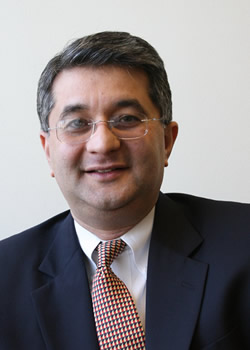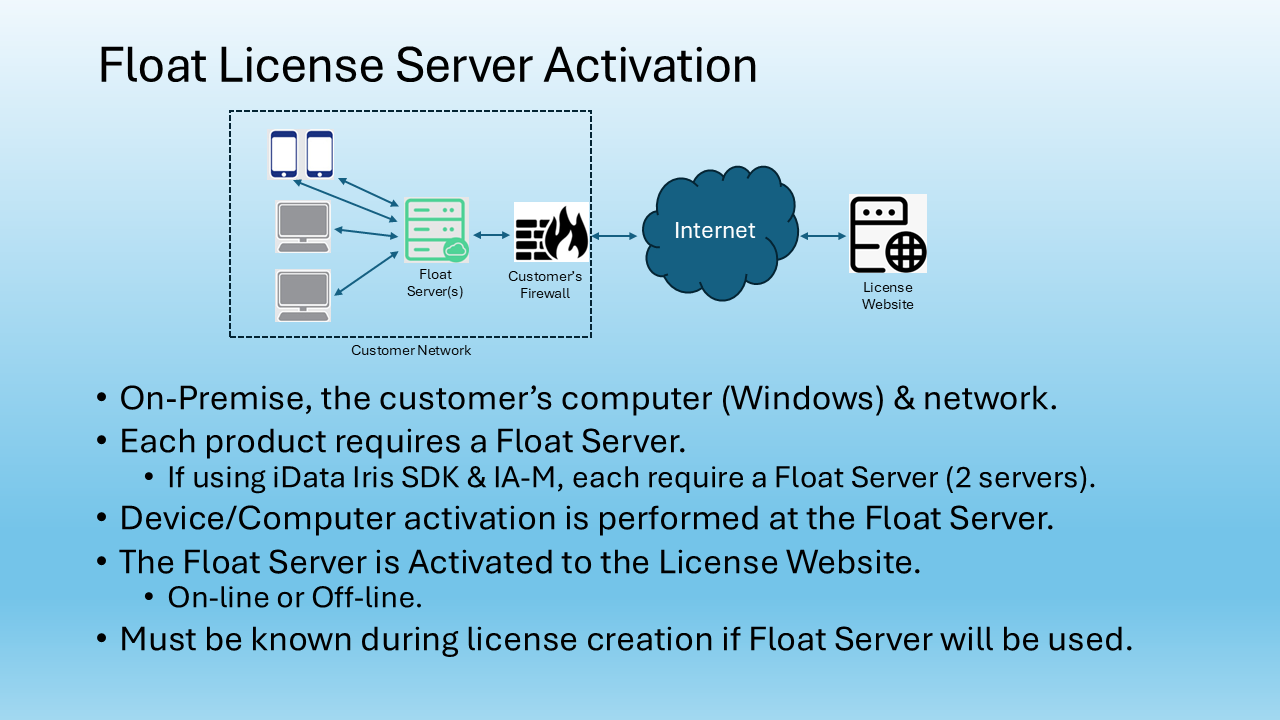by FindBiometrics
http://www.findbiometrics.com/Pages/feature_lg_4.htm
This was the first deployment where a government authority looked at the biometric technology and involved it in a social program which was for the benefit of the people. The program you referencing is called a Ration Card Program and is for the state of Andhra Pradesh. We had an agreement with the state of Andhra Pradesh for enrolling all citizens into the program, some 80 Million population!
Interview:
[FB]
Can you please provide our readers with a brief background of the LG Electronics USA, Inc. Iris Technology Division?
[LG]
LG got into the business of developing Iris Recognition systems back in 1997 and the goal was to look at future identification solutions that would allow one to incorporate the technology into multiple platforms. LG was the first company to commercialize an iris recognition product and in 1999 launched the first Iris Recognition product available to the world as LG IrisAccess 2200™. Since the first commercial product, LG has been recognized as a leader in providing identity authentication systems. We are currently at our third generation of this technology.
Looking at the future demand of identity authentication technologies, LG decided in 2002 to establish a division focused on Iris Recognition, within LG Electronics, head quartered in the US. This was a unique concept in the biometric space and for LG at the time but it has proven to be very successful; it has allowed us to really apply the type of focus necessary to advance the commercialization of Iris Recognition Technology. I joined the company during that time and since then we have been singularly focused on Iris. As you know, LG is a very large company and is involved in many consumer products, but our division requires a more consultative approach for our clients. It’s a solution based approach and therefore requires a different set of individuals to take it to market.
[FB]
Can you describe the Restricted Area Identification Card (RAIC) deployment at airports in Canada?
[LG]
We have been involved in the identification business for quite some time and in 2004 as organizations started to recognize the value of biometrics in identity based applications, the Canadian Air Transport Security Authority was very advanced in it’s thinking and wanted apply multi-biometric approach to their access control systems across all 29 major airports.
This is a very successful deployment. LG has product in all 29 major airports across Canada. The goal was to have centralized storage, but at the same time distributed systems, so in case of communication problems and centralized security concerns the template and other demographic information about the individual is sitting on their smart card. So when a person uses the Iris or fingerprint technology to gain access to a secure facility, they can use either/or method and the template is read off the card and the match happens in the device. It really is a best way to protect both the individual’s identity and secure the facilities.
[FB]
That must have been a wonderful test bed for LG. What kind of learning came out of that deployment?
[LG]
We learned several important facts from that deployment. One, it is important to provide education for the end users about the technology and how to present their eyes to the camera and how to place finger on the reader. Second, it was also important to help the integrator integrate the technology. Remember that this was the first time that this technology was going to be used on a large scale environment to enroll 150,000 people and utilized on a regular basis. So we played an integral part in educating the airport authority, the end user and the integrator who was building the application, on how best to use the technology. We then translated all that learning into our future programs including our applications.
[FB]
LG has also been involved in a very large scale deployment in India. Can you please elaborate?
[LG]
That is a really interesting program! This was the first deployment where a government authority looked at the biometric technology and involved it in a social program which was for the benefit of the people. The program you referencing is called a Ration Card Program and is for the state of Andhra Pradesh. We had an agreement with the state of Andhra Pradesh for enrolling all citizens into the program, some 80 Million population! They had difficulty in authenticating legitimate people who really needed these benefits (staple food items and other essentials), subsidized by the government. Basically, they wanted to eliminate fraud in the system. We provided them technology for about 2,000 enrollment sites. The enrollment began in May 2005 and the enrollment of 60 Million eligible people was completed in 2006. Now the state government is thinking of using this information for other programs as well. They are looking to use this across all e-government applications from obtaining a birth certificate to issuance of licenses to the collection of taxes. Mind that this is the largest biometric database in the world and we are very proud that LG has been part of history.
[FB]
That must be very rewarding for you to see a single program like the Ration Card expand into other new applications.
[LG]
Yes and this will springboard to the national scene as well. After the Ration Card program was deployed the Indian central government started to look at Iris in a very positive light. They realized that they could use Iris for passports, social programs and for national ID programs. So we are excited about the potential that might come out of this one deployment.
[FB]
LG is involved in several vertical markets from access control to airports and national ID to Justice. Where are you seeing the greatest growth?
[LG]
If we look at the next 5 years I think we will continue to see good growth in the access control market because that is the immediate need and is a fairly quick ROI. The biggest growth however is going to come from national programs. We are currently involved in several countries around the globe on either a military ID or a national ID or border crossing applications. Once the technology gets deployed into these applications then you have the base level data that you can use for other e-government applications. We feel that the commercial applications such as access control and time & attendance will continue to see growth, probably in triple digits because we are still in the beginning stages of this business but we think the greatest growth will be from the larger national programs. For example the FBI has launched a program called NGI (Next Generation ID). They will be examining all biometric technology in a multi-modal environment and that in itself will create many more opportunities.
[FB]
Thank you very much for taking the time to share your thoughts with us.
[LG]
You are most welcome Peter.


